On the Beach
We left the U.S. on the anniversary of the coup attempt, seeking the playa. One of my in-laws was taking advantage of Costa Rica’s health care system to get some essential care done that was neither insured nor affordable back home, and we decided to all tag along on our first family vacation since Covid. There’s a direct flight now two days a week from Austin to the city of Liberia in the northwestern province of Guanacaste, on the Pacific coast, and as the first magic islands came into view through the airplane window, we realized that it was now easier to get to a Central American jungle than it is to visit my parents in southern Iowa.
I’d been to Costa Rica fifteen years earlier, on an adventure trip with my son that ended in a national park the trails of which were swamp canals and the trees of which were filled with birds no fantasy writer could invent. I remember one river guide pointing to a boat-billed heron hiding in plain sight under the shade of a frond and saying its name in the indigenous language of his people, a name of strange vowels that seemed a perfect mnemonic for the sound of that big-beaked creature’s eerie call.
My German birder grandmother used to tell me stories of this ecological paradise when I would go have Saturday lunch with her while I was in law school nearby. She once showed me photos she had taken of the jungle after her small plane crashed en route to some remote birding site. In my memory the pictures included shots taken while the plane was going down. Probably not, but I will never forget how she laughed showing me her pictures of the bent wings and broken propeller covered in tropical foliage.
I thought of Oma and her ancient 35mm Leica often on the trip, as the only camera I took other than my phone was a similarly simple little Ilford Sprite that allowed me to shoot film on a device that I could afford to damage or lose. It was an interesting constraint to work with, to try to capture the wonders of the landscape with a box camera almost as primitive as the Instamatic I got for Christmas in third grade. It takes away the opportunity a software-powered digital zoom gives you to lie about how close you got to the animals, and tells a different kind of truth about how the world felt through your eyes.
Costa Rica has always seemed like a pocket of hemispheric utopia to me—the kind and mellow nature of the people, the well-preserved biodiversity, the Pura Vida ethos in a place where they teach the yanquis to recite “zero es tres” without explaining to them what that really means, the seeming social equity and persistently democratic political culture. The country that famously abolished its own military after World War Two, and seemed to suffer no adverse consequences. The only country in Central America that successfully prevented American filibusterers from taking control in the age of William Walker, and seems to have maintained that independent spirit throughout the modern era. But it wasn't until after I spent the flight reading recollections of the assault on the Capitol that I learned, reading local history on my phone after we got settled in, that Costa Rica achieved its seemingly superior democracy through a civil war that followed a contested presidential election.
As testament to how close Guanacaste is to Travis County, much of the bird life looked the same as we see along the river here—kingfisher, caracara, grackles, cormorants, black vultures, hawks. But there were others—green parrots with bright red faces, roadrunner-looking songbirds, and the frigate birds that police the pacific bays all day long. The landscape couldn’t be more different—beaches of black sand made from the cooled magma of the volcanoes whose remains line the coast like onyx henges made by dead gods. Böcklin on the beach.
This was a family vacation with small children and their grandparents, not an adventure trip, but most days during nap time I got out for a run, navigating the rocky reefs at low tide and discovering secret beaches along the rugged contours of the peninsulas. One day I grabbed one of the beat-up little sea kayaks the hotel had, and paddled out in the direction of a trio of islands that beckoned the explorer. I got close, but when I passed the farthest point the wind and chop picked up, and I decided that was far enough. I took the Sprite with me, tucked into the chest pocket of my sun shirt, and when the film came back after we returned, I could feel the movement of the sea under that tiny plastic boat almost better than when I was on the water. A window into the world of people who navigated that ocean in small boats they made with their own hands.
The resort we stayed at the first few days was weirdly deserted, no doubt due to last-minute Omicron cancellations. Evening bartenders at their stations awaiting revelers who never came, as the sound system played a loop of extra-mellow bossa nova covers of Anglo-American pop that amped up the Ballardian vibe: “Sweet Child of Mine,” “Staying Alive,” “Break My Stride,” “Love Will Tear Us Apart,” all reinvented as unironic lounge lizard fare. On the third morning as I looked out on the magazine-perfect swimming pool the only sign of life was a lone black vulture perched at the negative edge, and you could almost believe the property really was abandoned.
My beach reading was all in Spanish, and in one of my notebooks I was collecting a list of the words I had to look up, with a special page for words that have no counterpart in English. Many of those words encode a markedly different relationship with time than we typically experience. Consider the hemeroteca, a special library devoted to the reading of old newspapers and magazines. La madrugada is the time between midnight and dawn, when reality gets a little slippery. The time when, on the fourth night, one of the howlers began its slow-motion long-distance growl outside our second-floor room, sounding every bit like the purported Bigfoot recordings I once heard on a record narrated by Jonathan “Commander Riker” Frakes.
Among the biodiversity of contemporary Guanacaste are a large population of expat Canadian anti-vaxxers taking advantage of Costa Rica’s relatively lax requirements for entry to the country amid pandemic, and the region’s increasing colonization by the weird branch of real estate culture that sells affluent North Americans second homes in tropical locations. You can’t enter one of the beach towns without seeing an English-language sign with the face of a smiling broker, and as you explore the beach you realize how densely developed it now is with expensive resorts. Making a run for provisions, I passed one little compound and noted the name wrought into the iron gate: GRACELAND.
The hotels all work hard to convince you they are subordinate to the natural environment—one we stayed in was so well built around the trees that had been there before that families of howler monkeys would watch from the overhanging branches as you read by the pool. But on the third night there I watched the fumigation specialist pull up late afternoon and douse the foliage by the restaurant with 70s-style clouds of insecticide. Monkeys are 100% Instagrammable, but bugs in your room can really blow your TripAdvisor rankings.
When I paddled out toward the islands, I got far enough that you could see Nicaragua in the distance, a coastal land mass in the Pacific haze. They say Nicaragua is even more ecologically wondrous than Costa Rica, but their civil wars have not produced the kind of stability that resort capitalism needs to thrive. Seeing it in the distance, close enough that you knew it was real but far enough that it looked like a mirage, I remembered my visit there in the summer of 1984, when a high school buddy and I had managed to travel through the war zones of Central America on press credentials we somehow procured as reporters from the Wesleyan Argus and the Tulane Hullabaloo.
By the string of dumb luck and white privilege that guarded us that summer, after crossing the border with illegal quantities of black market Cordobas shoved into our pants and soldiers firing warning shots as we walked the 7km DMZ from the end of Honduras to the Nicaraguan border checkpoint, we arrived in Managua just in time for the fifth anniversary of the Sandinista revolution. In the ruins of the old downtown that had been destroyed by the double-header of the 1972 earthquake and the 1979 revolution, you could see the utopian promise of what they were trying to do, but you could also see how doomed it was by the inability of human beings to live up to their own Platonic aspirations and delusions, even if they are living in Eden.
One of the two Spanish-language novels I was working my way through on the Costa Rican beach was by someone I briefly met on that trip at some press event—Sergio Ramírez, the poet who served as Vice President during the early years of the Sandinistas, one of the only civilian members of the junta. Tongolele no sabía bailar (2021) is a smart, funny and politically incisive detective novel about the 2018 Nicaraguan uprising and the repressive government response, and maybe as close as I will ever get to experiencing what life is like in Nicaragua now.
But most of my time under the Costa Rican sun, I read a story of a visitor from the Southern hemisphere walking around New Jersey in the middle of winter. Ricardo Piglia’s El camino de Ida is about an Argentine writer who is rescued from a difficult personal and professional period by a surprise invitation to teach a seminar at a thinly-disguised Princeton. The book takes place in the mid-90s, and much of the narrative is about the writer’s winter wanders in the strange world he finds between NYC and the Delaware River:
“Houses with big open yards, crystalline picture windows, tree-lined streets, total calm. It was like being in a luxury psychiatric clinic, just what I needed at that time. There were no metal bars, no security watchtowers, no walls. The fortifications were of a different order.”
Maybe it was that vision of softer yet more effective modes of social control that infected the way I looked at the landscape of Guanacaste during our nine days there, as I realized the kind of paradise Costa Rica has built is a neoliberal one. The 1948 uprising was led by a businessman, backed by the U.S., and the miracle of their democracy and ecotourism economy comes from a compromise with colonization and capital that allows liberty and sovereignty through a system designed to keep it on the established path. It made me wonder how effectively that system may regulate the other species that also populate the landscape.
When I was out for my paddle, as I worked my way back I saw a little playita that was inaccessible from the land, at the base of a high cliff and nestled between two rocky promontories. I put in there for a little break, and as I pulled the boat up onto the sand hundreds of tiny hermit crabs scurried toward the rocks. The same creatures whose cryptic tracks I had seen on the more developed beaches, here safe to roam in the daylight. The only sound was the surf and a pair of raptors squawking at each other, the water clear of boats everywhere you looked. In that moment before the jet ski dudes came back around, you could almost imagine how this place could be without human footprints, even as you were making them.
Late in the week on one of my runs I came upon a spot where a creek emptied into the bay, and decided to jog up the creekbed and see what I could see. It was another spot like the secret playita, but an arboreal one, hidden just past the last of the beachfront condos. Or so it seemed, until a couple-hundred yards in I came upon an improvised outdoor toilet made from a hospital chair, two logs, and a bunch of trash bags. A discovery with a frisson of folk horror, even as what it really told you is how the locals carve out space to enjoy the beach that, while public property to be enjoyed by all, has been so colonized by capital that they need to occupy the interstices.
As I stood there in the shadows working on getting lost, a big black hawk flew past my head, spooked by my clumsy arrival. It had been perched on one of the branches right over the outlaw biffy. It looked a lot like the zone-tailed hawk I had seen in Austin last fall, but with a little more brown to its underwing. It didn’t fly far, alighting again close enough where I could see it, and we watched each other for a minute before I finally realized that wasn’t my place to walk. I wondered what other wildlife hides in the liminal spaces of that fresh human colony. But as I worked my way back, pondering how long it will be before they get crowded out further, I saw how empty even the main beach was due to the pandemic, a vision that let you imagine a plausible future in which the animals get more room.
Further reading
For more on the Costa Rican Civil War of 1948, the Wikipedia entry is a decent place to start.
The common black hawk (Buteogallus anthracinus) is known in Spanish as the busardo negro (black buzzard) and as the gavilán cangrejero. It’s a cool bird. I don’t know any of the indigenous names for it, but you can bet they are even better.
The Ilford Sprite is a fun and inexpensive little camera if you are interested in dabbling with the analog wonders of shooting film. You can find it here on the Ilford site, or at your nearest camera shop.
If you like that watercolor postcard in this post, I shared more from the trip here.
Reading Ricardo Piglia’s El camino de Ida I loved the language so much I had the idea it would be fun to translate, but it turns out Robert Croll already did that, in this edition from Restless Books under the title The Way Out. There’s a nice long excerpt here if you’re interested (but if you buy it, try doing so via the other link).
The seminar Piglia’s alter-ego is teaching in the novel is about the American-Argentine writer William Henry Hudson, whose work I had not encountered before. Hudson was renowned among his contemporaries for his nature writing, both in his fiction and nonfiction. Among his most highly-regarded books is Far Away and Long Ago, a memoir of his juvenile experiences of wildlife in the pampas, written after an illness that brought the author a vivid resurgence of early memory. The book is available in the public domain, including a nice scan of an early edition, at Project Gutenberg. And there’s a great entry on Hudson in Ford Madox Ford’s Portraits From Life, which you can find here.
I learned about Sergio Ramírez’s detective novels thanks to Alma Guillermoprieto’s review of Tongolele no sabía bailar in the Dec. 16 issue of The New York Review of Books, which also provided an insightful account of the current political situation in Nicaragua and how they got there. Here’s a link to the article, but you may bump into the paywall.
In 2017 while promoting my novel Tropic of Kansas I wrote a short piece about my 1984 trip to Nicaragua for a mystery readers site. That site seems to have since disappeared from the Net, so I posted the piece on the news page of my main website, if you haven’t already had enough of me today: “The Summer of Living Dangerously.”
Have a great week, and stay safe.


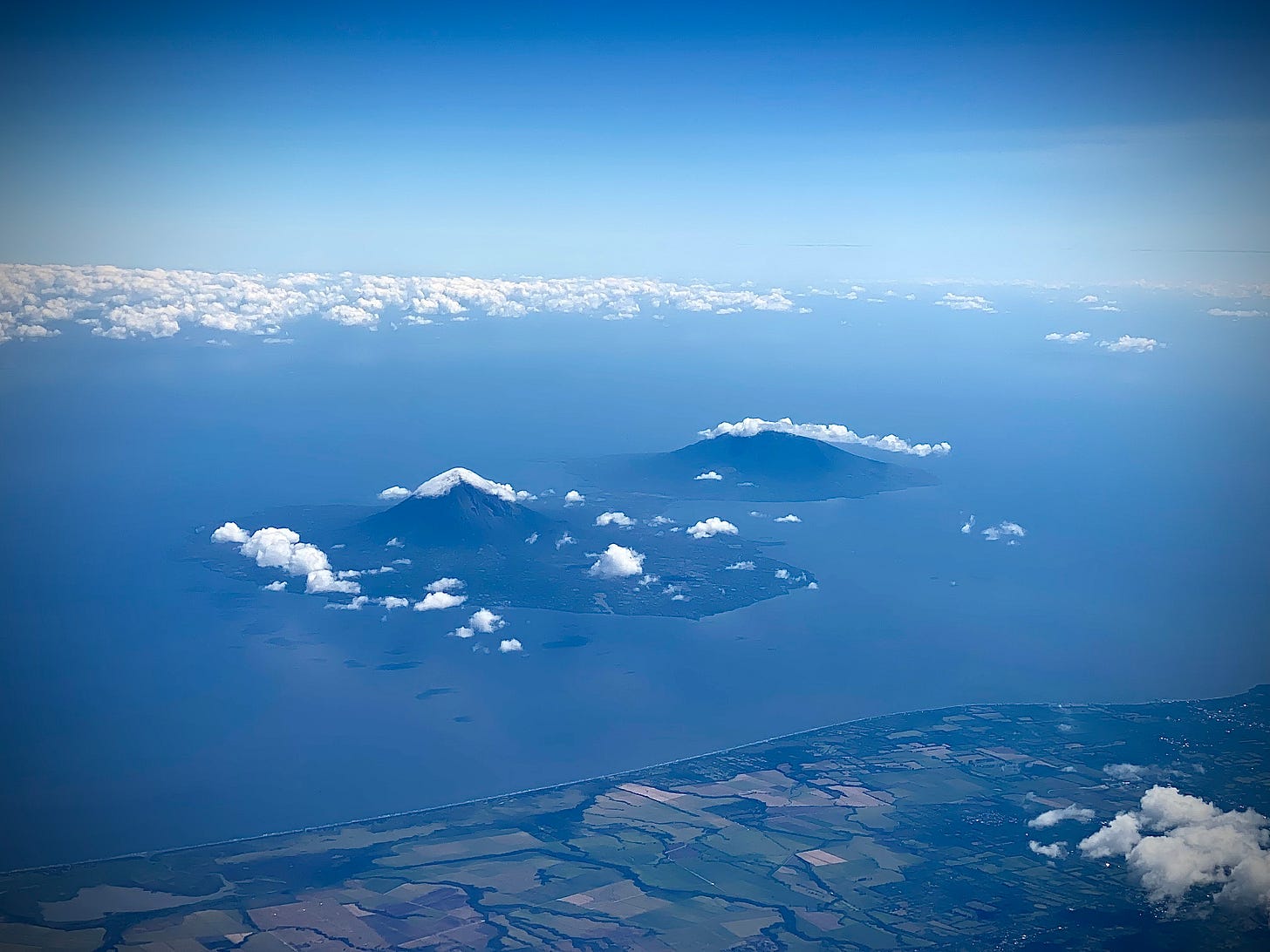


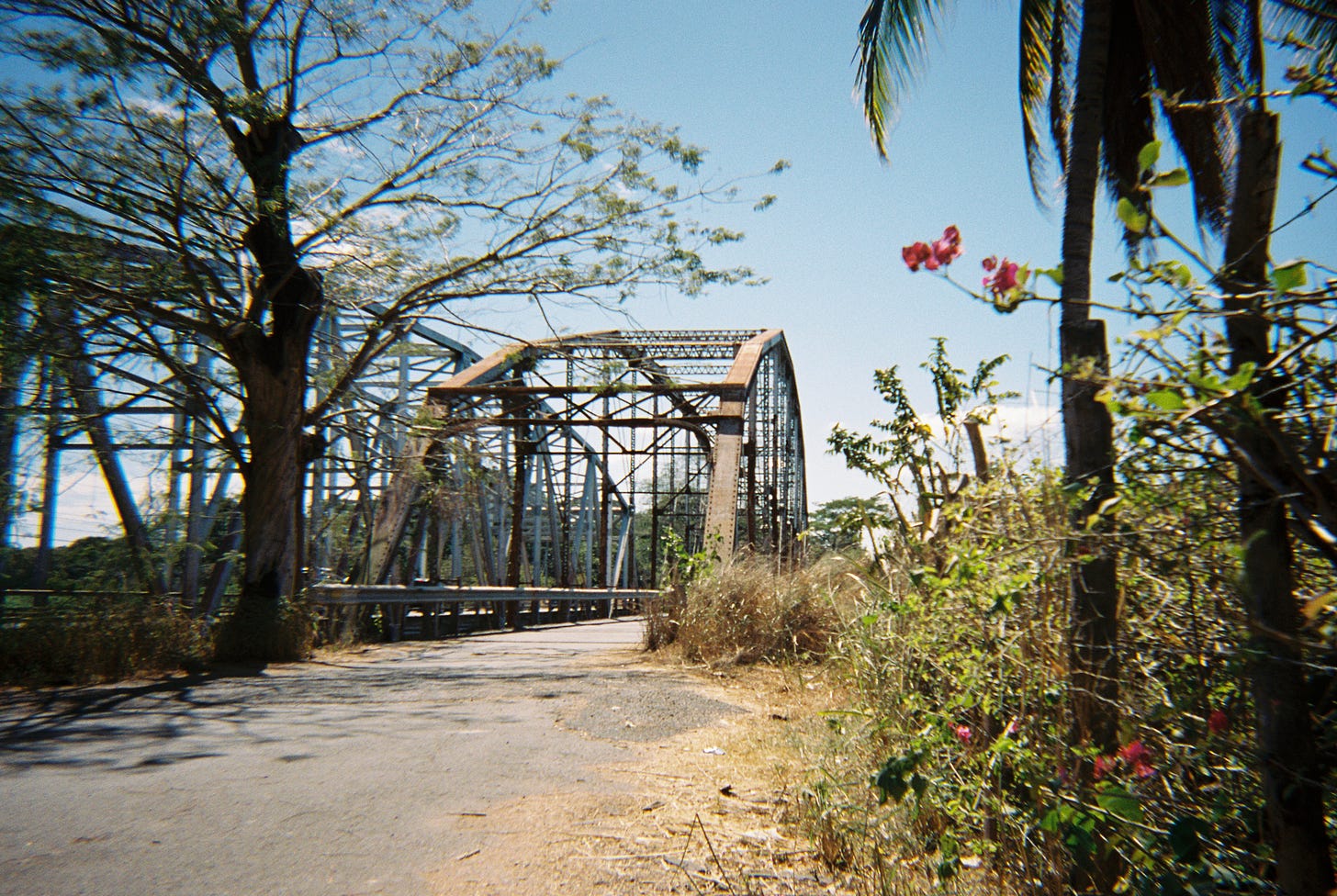
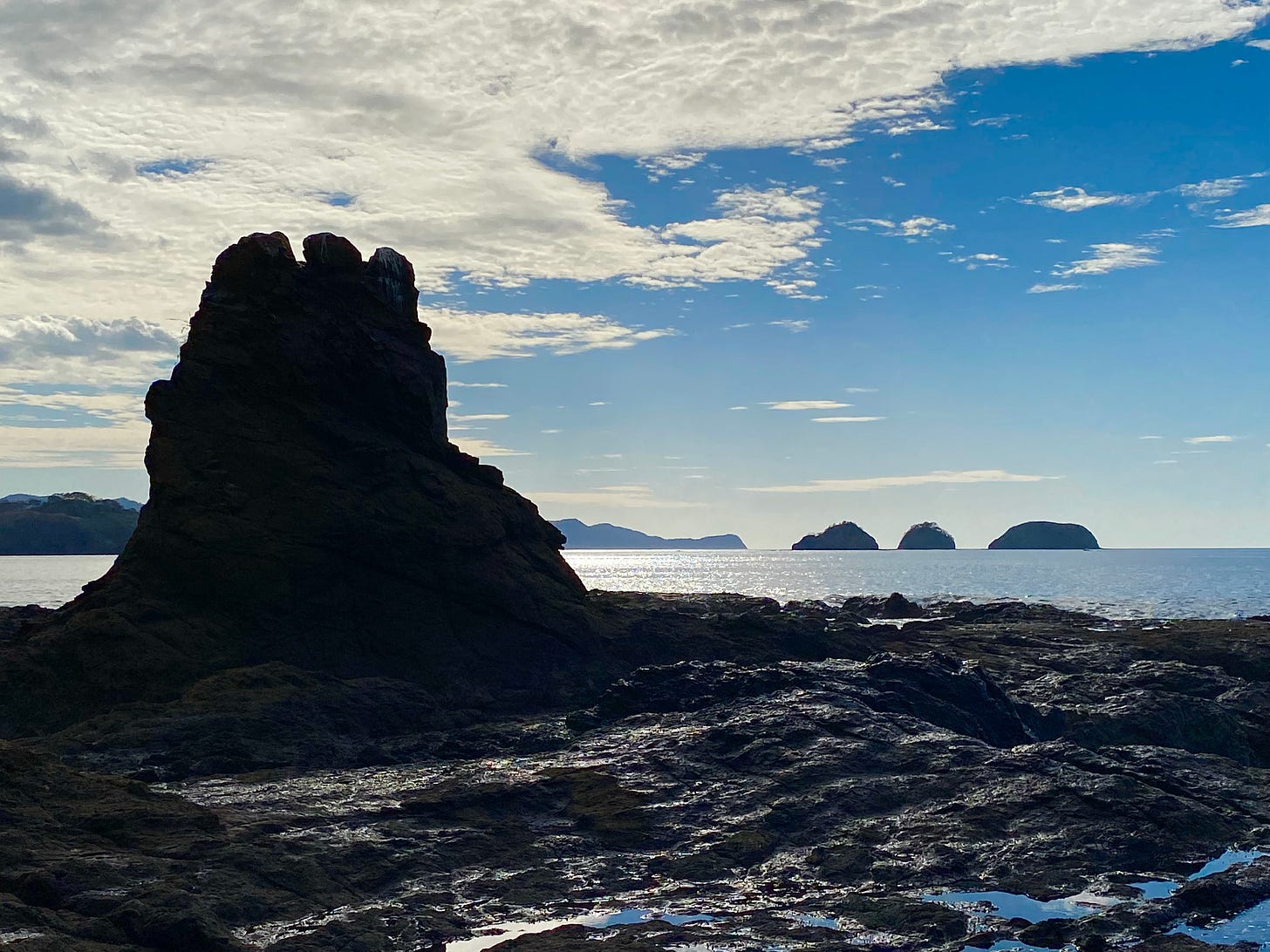
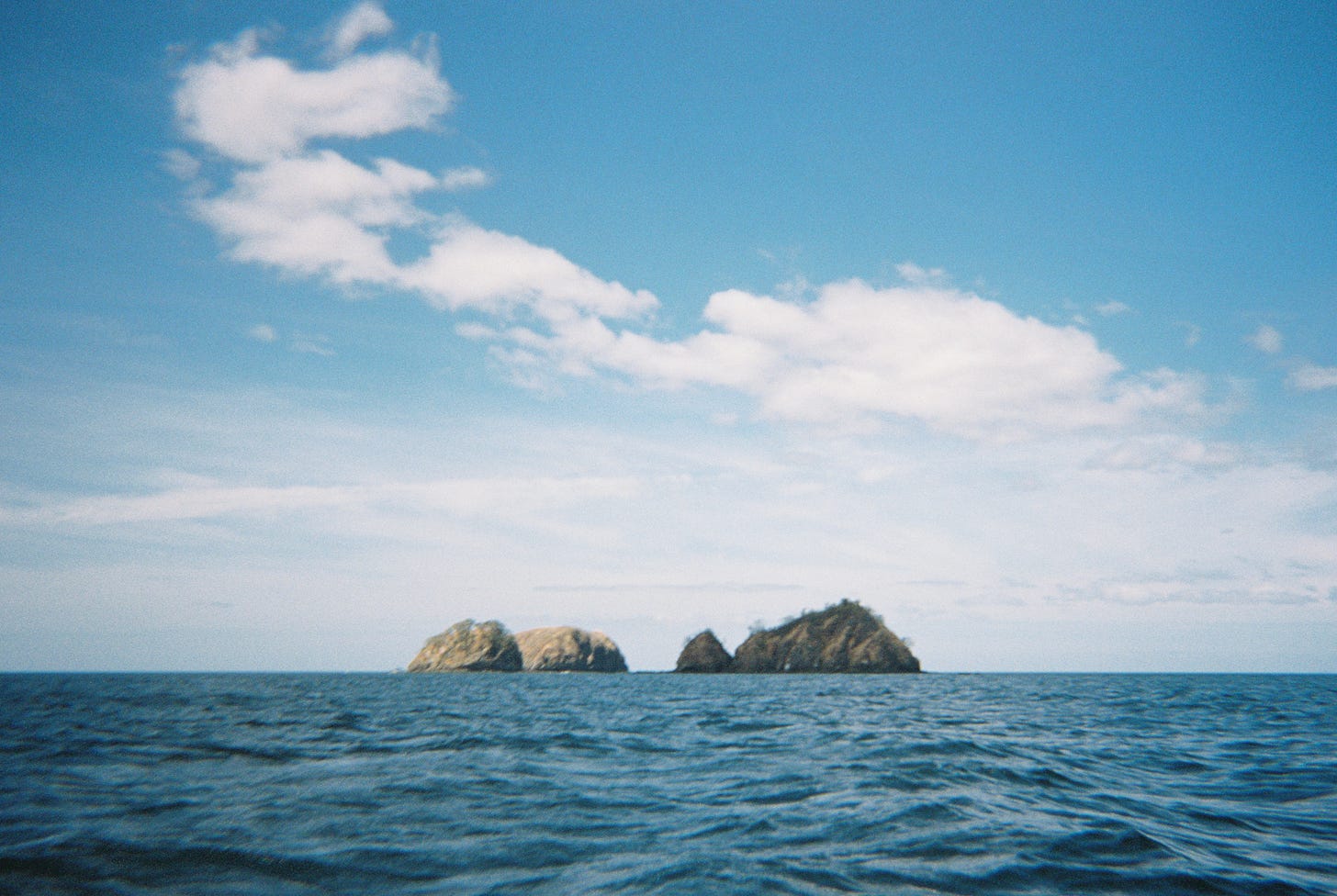


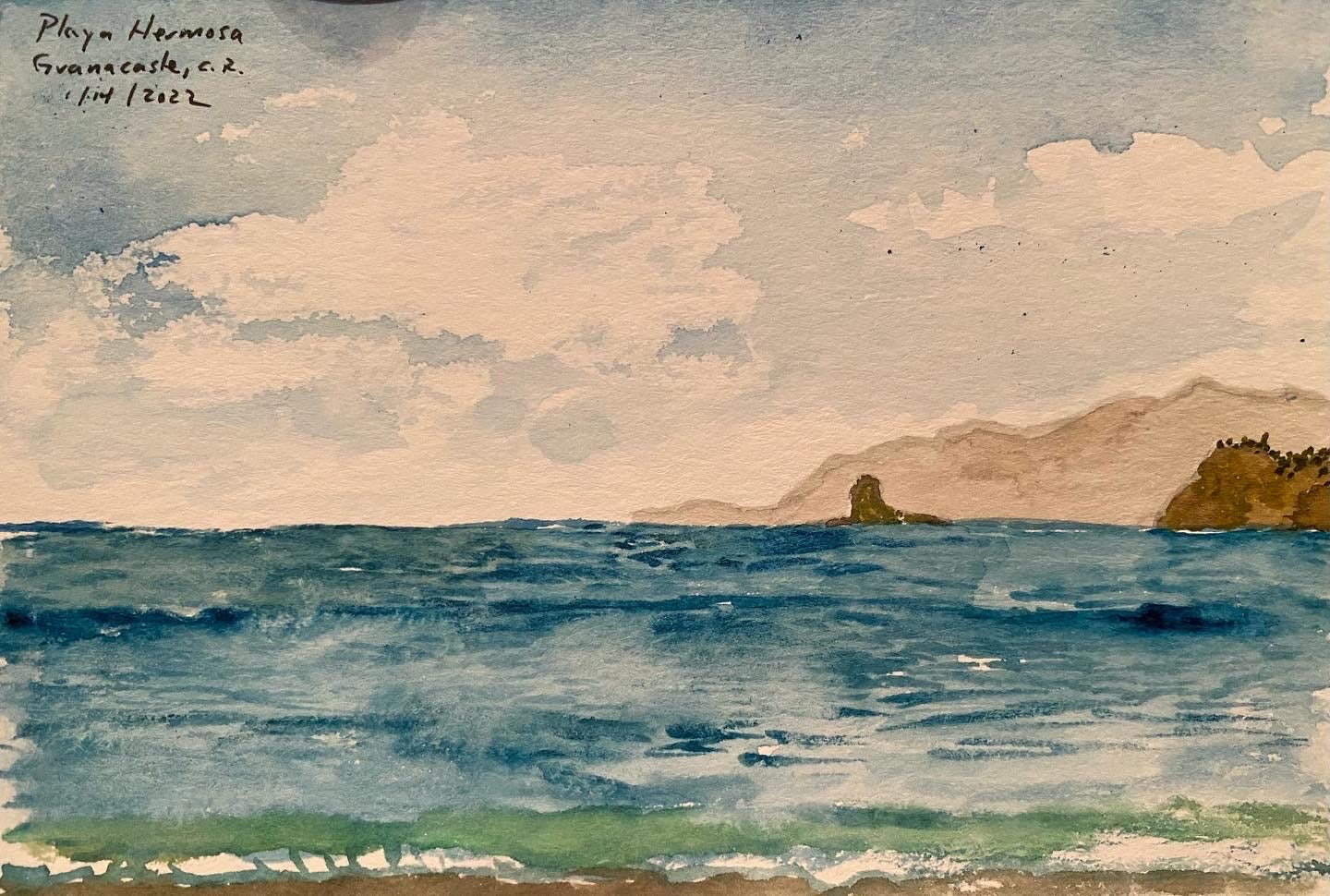
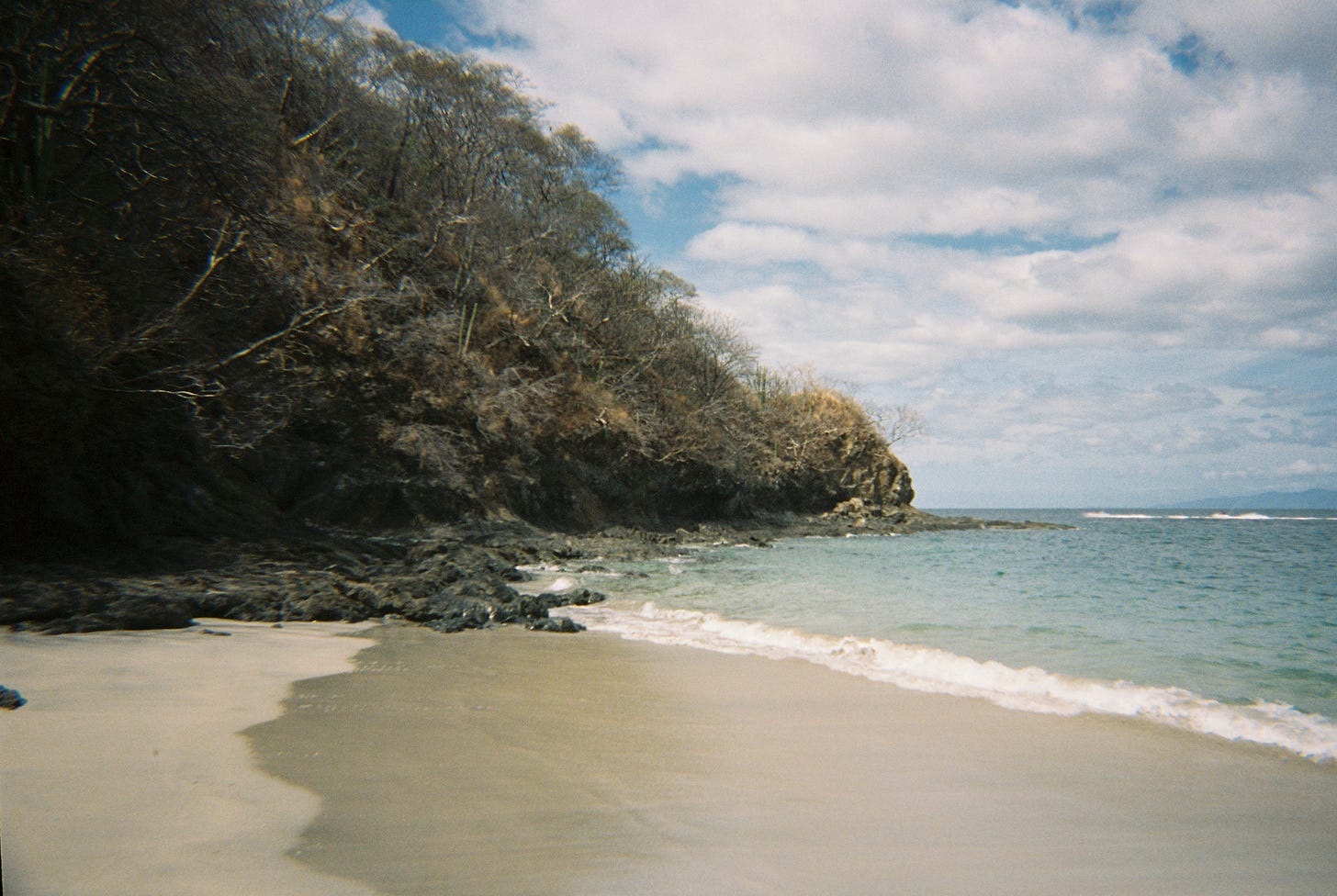



When we took our boys a few years ago (the last big family trip, as the boys are now out in the wild) we took a day cruise down the Rio Negro, which, if we had kept going, would have crossed into Nicaragua. Lots of amazing birds and insects and animals, but what was telling for me was learning landowners were given financial or tax considerations for their land (and therefore cattle) to not encroach closer than something like 50 yards to the river's edge and how some still ignore those restrictions.
This is so beautiful!
I've been learning how to watercolor - I'm still in that phase where everything I make looks amateurish, which is fine - but I adored so many of your pictures and want to paint them.
And I love the idea of "la madrugada."